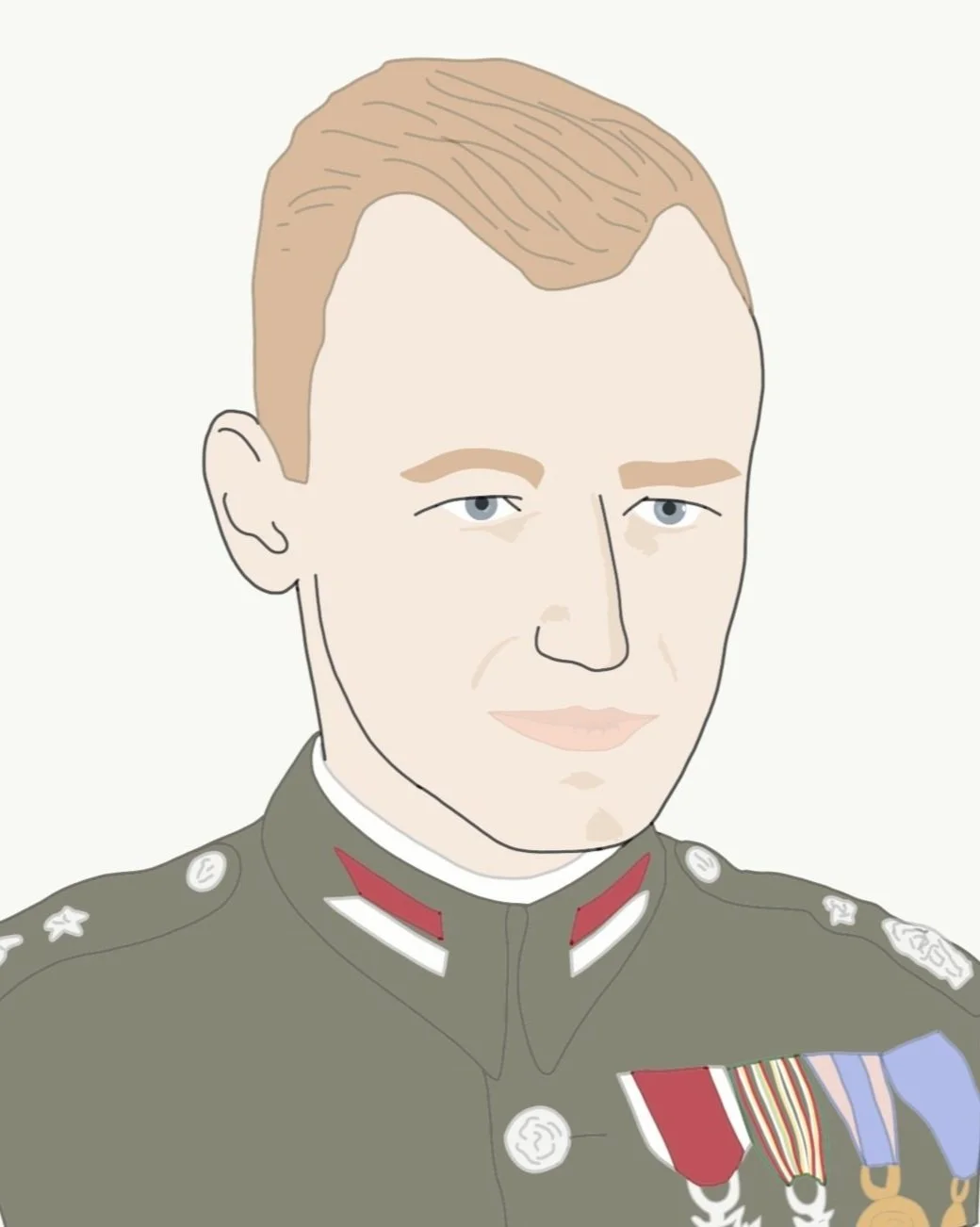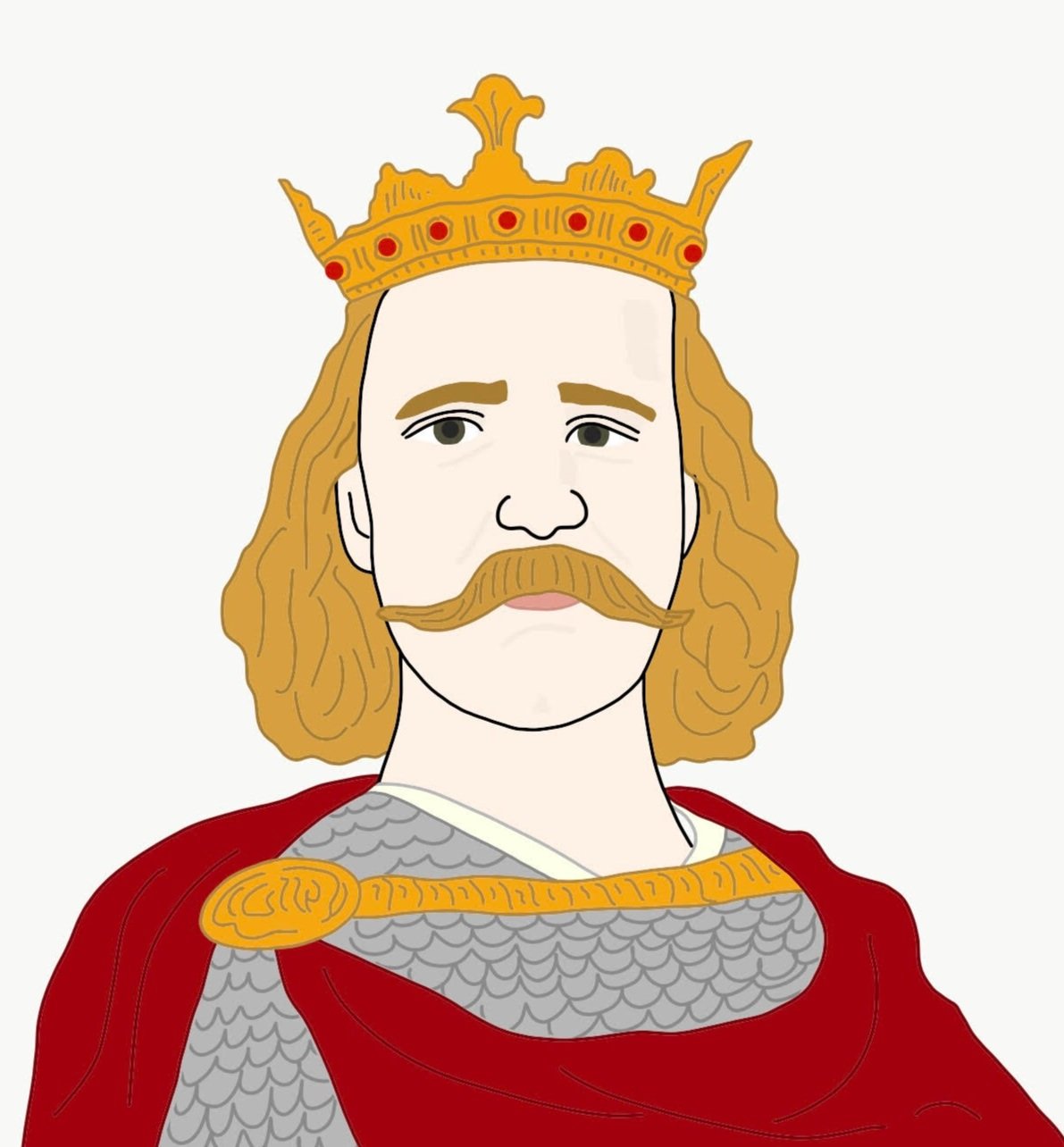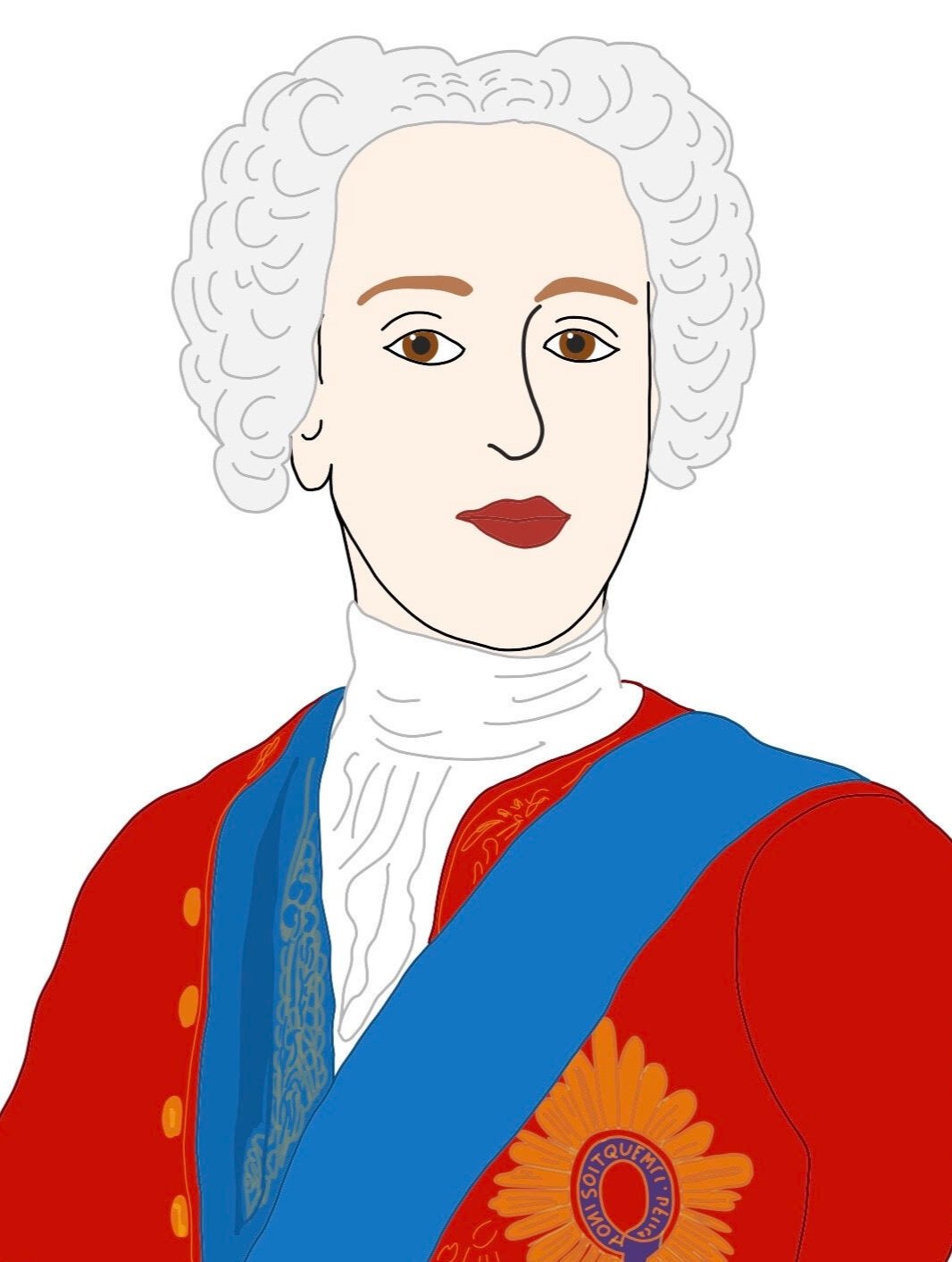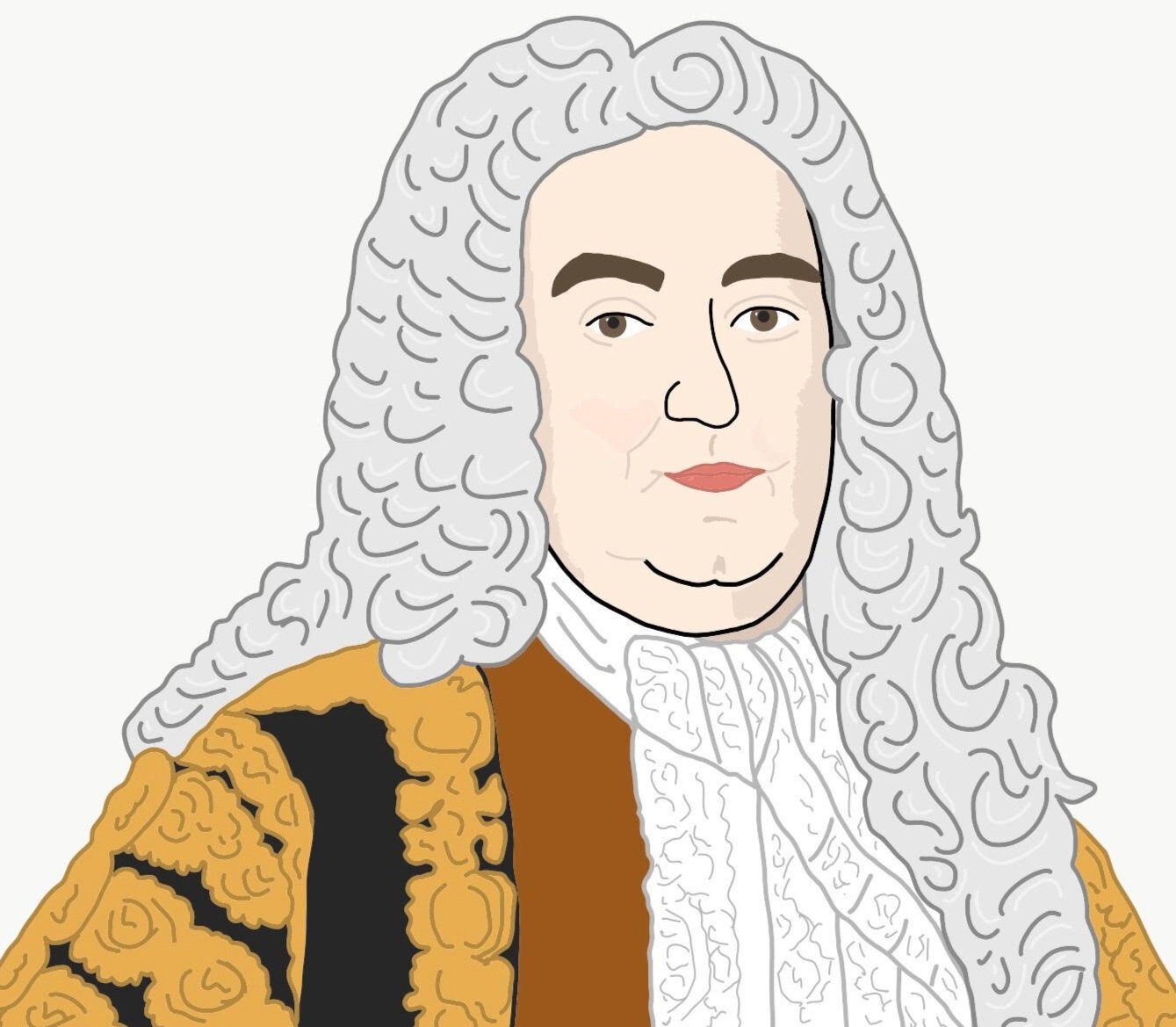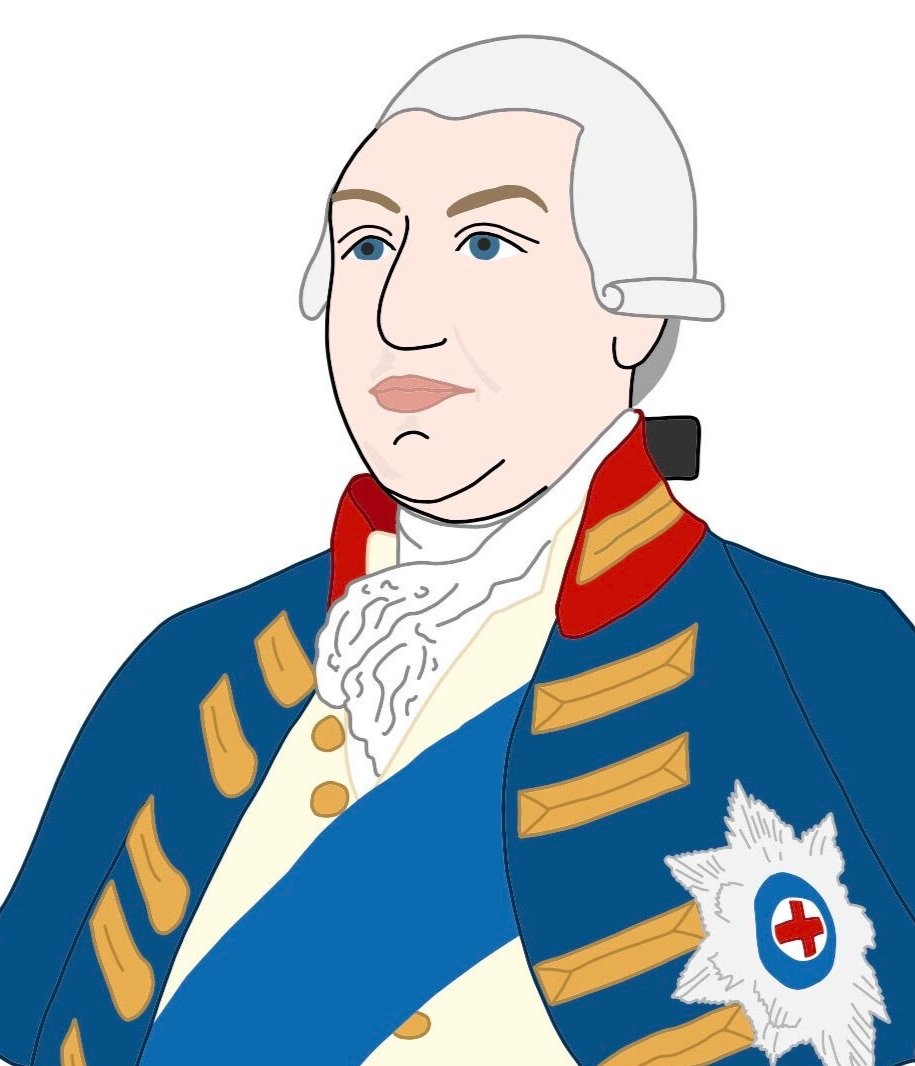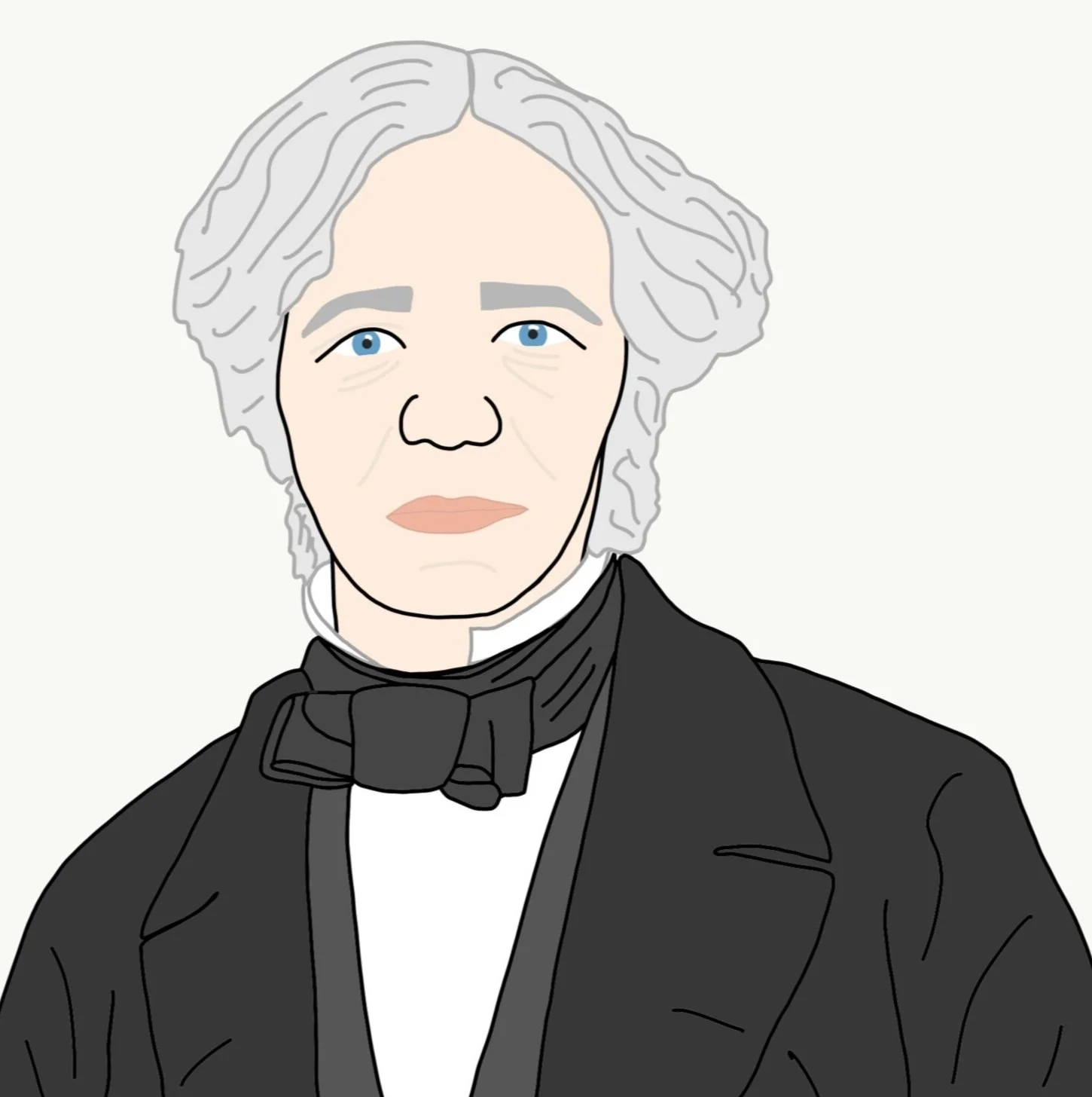September 19th - 25th
“Seven different battles take centre stage this week in history...”
On 19th September…
86CE - Antoninus Pius the Roman Emperor who ordered the construction of the Antonine Wall in Scotland was born in Italy.
1356 - Edward the Black Prince, son of King Edward III of England, defeated the French and captured their king, John II, at the Battle of Poitiers in the Hundred Years War. The French king was held prisoner until 1360 when the French nobility finally raised enough money to pay the ransom being asked for by the English. It took so long because most of the nobility had been killed in the battle. The Hundred Years War was fought from 1337 to 1453 between England and France over the succession of the French throne. The argument stemmed from the time of William the Conqueror who was Duke of Normandy when he became King of England.
1879 - The Blackpool Illuminations lit up for the first time. The original lights were just eight arc lamps which bathed the Promenade in artificial daylight. This was a time when people were still lighting their homes with candles and oil lamps, so the illuminations were a marvel to see. There are now over one million lightbulbs in the six miles of displays.
1893 - New Zealand became the first country to grant women the right to vote. All women who were British subjects and aged 21 or over, including Maori women, were able to vote in political elections.
Witold Pilecki gets himself arrested on purpose
1940 - Witold Pilecki, a Polish soldier and resistance fighter, got himself intentionally arrested by Nazi soldiers. He hoped to be sent to Auschwitz concentration camp so that he could smuggle out information to the Resistance during World War II. He was not prepared for the brutality that he witnessed and endured, and he managed to escape in 1943.
On 20th September…
King Harold II’s men defeated at Battle of Fulford
1066 - At the Battle of Fulford, the Saxon Earls Edwin and Morcar were defeated by King Harald III of Norway (Harald Hardrada). The Saxon Earls were fighting on behalf King Harold II of England (Harold Godwinson).
Their defeat meant that King Harold II who was waiting on the south coast in anticipation of an invasion by William Duke of Normandy, had to march north to battle the Norwegian king who had taken hold of the city of York.
King Harold II and his army marched 185 miles north within four days. They battled and defeated the Norwegian invaders and then had to march back south to defend England from the French invasion.
1486 - Prince Arthur the older brother of King Henry VIII was born in Winchester. He married Catherine of Aragon at the age of 15 years but died less than a year later.
1643 - The first Battle of Newbury took place during the English Civil War. There was no outright winner of the battle with the Royalist forces led by King Charles I and the Roundheads or Parliamentary forces led by the Earl of Essex and Philip Stapleton. This meant that the Parliamentary forces were able to continue on their march to London.
1854 - The first major battle of the Crimean War took place. The British and French forces defeated the Russians at the Battle of Alma.
On 21st September….
1538 – The Shrine of St Swithun in Winchester was smashed up in the middle of the night by King Henry VIII’s commissioners as part of the dissolution of the monasteries during the English Reformation. St Swithun was an Anglo-Saxon bishop who was chosen as patron saint for the Benedictine monastery at Winchester a century after his death. His bones were housed in a reliquary which is a special container for ancient relics and were famed for their healing powers. His tomb became a major site for pilgrims who would travel far and wide to be healed of their illnesses. The English Reformation began when Henry VIII declared himself Head of the Church of England. To help him take control quickly, Henry VIII had to seize control of the Catholic churches and monasteries; to do this he took the Church’s property, demolished buildings for building materials, and sold off or reclaimed the Churches and their lands. These acts were called the dissolution of the monasteries.
Bonnie Prince Charlie victorious at Preston Pans
1745 – At the Battle of Preston Pans the British army were beaten by Bonnie Prince Charlie during the Jacobite Rebellion. The two sides were of about equal size with around 2,000 soldiers each, but the Scots easily beat the English, killing over 300 and capturing 1,400 men. Their own losses were just 30 men killed and 70 wounded. Bonnie Prince Charlie now had control of Scotland with just Edinburgh Castle, Stirling Castle and three forts (William, Augustus and George) in the hands of the English. It would not be long before he marched south and into England.
On 22nd September…
Anne of Cleves is born
1515 – Anne of Cleves was born, she was Henry VIII’s fourth wife. Their marriage was chosen to form a political alliance and had been agreed to before they had even met. Unfortunately, upon meeting Anne, Henry decided that he did not find her attractive and did not want to marry her, but it was too late to back out and cancel the wedding.
Luckily, Henry VIII was now Head of the Church of England and could divorce Anne without getting permission from the Pope. Their marriage lasted just a short while and within six months of being at the Royal Court she was asked to leave. Anne possibly had the last laugh, unlike the other wives she was awarded a generous allowance and given estates to live in, she was also invited to Court for special events such as Christmas. Anne of Cleves is the only one of Henry VIII’s wives to be buried at Westminster Abbey.
The first Prime Minister moves into 10 Downing Street
1735 – Robert Walpole became the first Prime Minister to live at 10 Downing Street. The property was a gift from King George II but instead of accepting this personal gift, Robert Walpole asked the king to make it the official residence of the British Prime Minister to be passed on with each leadership.
George III is crowned King
1761 – King George III of England was crowned at Westminster Abbey. His wife was crowned Queen Charlotte alongside him. Their procession started out from St James’s Palace at 11:00am where they were carried in sedan chairs along the route to the Abbey. The procession was so long that the coronation ceremony didn’t start until 3:30pm; the two buildings are only a mile apart.
Famous scientist Michael Faraday is born in Surrey
1791 – Michael Faraday the English scientist who discovered electromagnetic induction and invented the electric motor was born in Surrey, England.
1870 – Charlotte Cooper the first female Olympic champion was born in Ealing, London England. She won a gold medal in tennis at the 1900 Olympics held in Paris, France. Unlike today, athletes back then wore clothing on the court similar to the clothing they wore off court; a skirt down to the ground with a buttoned-up long sleeved blouse and tie. It must have been very difficult to play tennis in without tripping over your skirt.
On 23rd September…
First Emperor of Rome, Augustus Caesar is born
63BCE – Augustus Caesar was born in Rome. He was the great-nephew and adopted son of Julius Caesar who went on to become the first Emperor of Rome.
1215 – Kublai Khan was born in Mongolia. He was the grandson of Genghis Khan, the founder and first ruler of the Mongolian Empire. Kublai also became Emperor of the Mongols and expanded his empire into China where he conquered the Song Dynasty and founded the Yuan Dynasty of China.
1459 – The Battle of Blore Heath took part in Staffordshire, England. It was the second battle of the English Wars of the Roses and a victory for the House of York led by the Earl of Salisbury despite being heavily outnumbered by the Lancastrian forces. The Wars of the Roses was a series of battles between the House or York led by Richard Duke of York and then his son Edward IV, and the House of Lancaster led by Henry VI over who had the rightful claim to the throne of England. Both Houses claimed the right through their relationship to King Edward III and had it not been for Henry VI’s bouts of madness and lack of leadership skills the wars might never have happened.
On 24th September…
1564 – William Adams the English explorer who became the first Englishman to reach Japan was born in Kent. Adams first arrived in Japan in 1600 on a ship that was originally headed for Indonesia but had been battered and blown off course by storms. He was summoned to Osaka where he was detained and questioned by the shogun, Tokugawa Ieyasu. The shogun was so impressed with Adam’s knowledge of ships and navigation that he released him and made him one of his confidantes. Adam’s was refused permission to return to his family in England, so he became permanently settled in Japan and raised a new family. He became known as Anjin (Pilot) and oversaw the construction of western style ships. He also officiated between the shogun and European traders who began visiting Japan.
On 25th September…
King Harold II victorious at Stamford Bridge
1066 – The Battle of Stamford Bridge took place between King Harold (Godwinson) II of England and invading Vikings led by a contender to the English throne, King Harald (Hardrada) III of Norway.
Despite being exhausted from their 185-mile march north, covering the distance in just four days, King Harold II and his army easily defeated the Vikings. They took the invaders army completely by surprise as they did not expect King Harold and his army to march north and attack.
In the fierce fighting that followed both King Harald III and his accomplice Tostig (King Harold II’s brother) were killed. It is said that of the 300 ships that had arrived on the shores carrying the Vikings only 24 were needed to take the survivors back to Norway.
